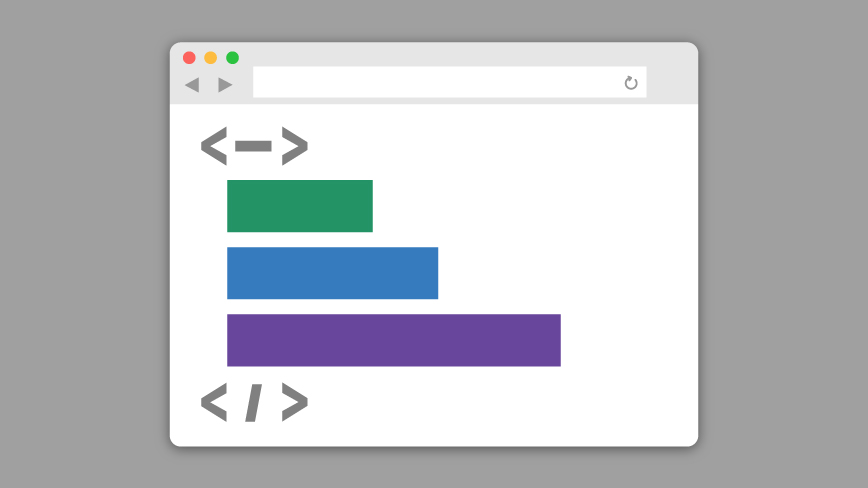Learn three crucial lessons from programming best practices in order to maintain data quality and fix poor data quality-related issues before they spread.
Taking steps that improve data quality can dramatically enhance your organization’s ability to make intelligent decisions. After all, data-driven marketing hinges on the data’s accuracy and its descriptive abilities. Otherwise, any insights are derived under false pretenses.
Maintaining data quality is no easy task, though. Many brands of all sizes still struggle with it. The problem is when compared to other crises data quality issues can feel invisible. “Data quality gets ignored […] because it lacks urgency,” observes Tech Republic, and the correlating response is to push data-related problems down on the priority list in favor of other issues that demand decision-makers’ attention.
Fortunately, this type of technical debt has been wrangled with for years by one intrepid tech group: programmers. They have learned how to handle issues that could mar project success behind the scenes through lightweight, efficient methods that save their employers’ bacon. Those in charge of data quality or data-driven marketing programs would do well to heed these three standard programming practices that could be a true shot in the arm for data quality:
Meta Tags
Data ambiguity can stand in the way of insights that could otherwise be used for important initiatives, such as saving lives. Datanami highlights an important example in the realm of public safety: an FBI study underestimated the number of police officer deaths from vehicle chases by a factor of 15 — or 93% of all incidents. Why? The FBI only counted deaths in which the fleeing suspect was directly involved in ramming the officer. A USA Today study, by contrast, included all officer fatalities that occurred during pursuit regardless of the stated cause, leading to a more accurate trend description.
With minimal information, discrepancies like these become invisible to the average data analytics programmer or data scientist. Programmers faced the same issue when an important piece of code was regarded as expendable by other teams because it did not look so important. To prevent these problems from occurring, programmers insert notes that serve no purpose other than giving information, such as “Do not delete!”
Tagging data with meta descriptions can similarly help organizations specifically describe data relationships and the originating criteria for that data’s collection. Simply including a space for meta tags within data descriptors can help clarify data uncertainties, and, perhaps, even help save lives in the process.
Versioning Control
Data consistency poses a huge problem for organizations, as new information pours in every day. Without proper data management workflows, outdated information could easily sit alongside dated information, causing conflicting, redundant or misleading signals within the data.
Programmers grapple with a similar problem when updating source code. If programmers are tasked with fixing an issue with UI, they may save the changes alongside another version that has the UI issue but may have more current bug fixes. Therefore, two versions would exist: one without UI problems but with lingering bugs and another with fewer bugs but more UI problems. To solve this “multiverse” problem of versioning, one master file is used along with robust version tracking and the ability to return to a previous master version any time code updates break the program.
Data quality can be managed the same way, except with images of the most recent updates along with stores of prior versions as needed for backups. With such controls in place, everyone in the organization is working with the same data instead of conflicting, alternate versions created from inconsistent updates.
Treat Data Issues Like Bugs, Not a Given
Programmers stay on top of problems by documenting them, as well as giving other users access to bug reporting documentation. If organizations adopt this approach to data management, everyone can keep an eye on issues and collaborate to see them fixed together.
This bug tracking practice, along with the others listed above, goes a long way towards making data quality issues visible in order to proactively fix them. Just a little bit of stewardship can make data more effective and business decisions smarter.

